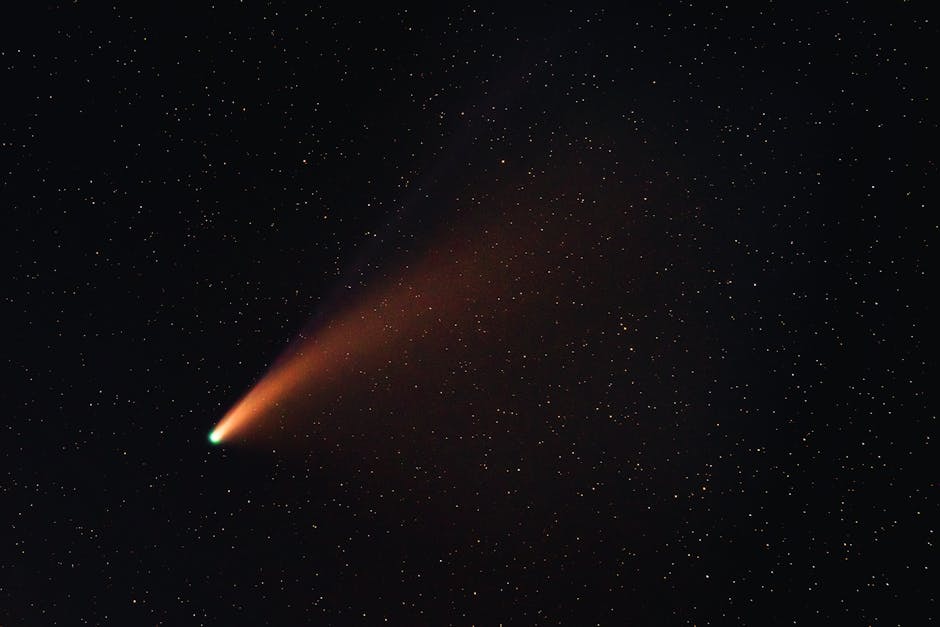November 2023 is set to be a stargazer’s paradise, with a spectacular lineup of celestial events lighting up the night sky. From dazzling meteor showers to rare planetary alignments, the cosmos has something extraordinary in store for astronomy enthusiasts and casual sky-watchers alike. Here’s your ultimate guide to the must-see astronomical phenomena this month.
1. Taurid Meteor Shower: Fireballs in the Night (Peak: November 12–13)
The Taurids, nicknamed the “Halloween Fireballs,” grace the sky with slow, bright meteors. Though fewer in number, their dramatic trails make them unforgettable.
Best Viewing Tips:
– When: Peak night of November 12–13.
– Where: Face the constellation Taurus after midnight.
– Pro Tip: This year’s darker skies (thanks to a waning moon) will amplify visibility.
2. Leonids Meteor Shower: Speed Demons of the Sky (Peak: November 17–18)
The Leonids dazzle with meteors racing at 71 km per second! While 2023’s peak is modest (10–15/hour), their history of epic storms (like 1966’s thousands per hour) keeps them legendary.
Best Viewing Tips:
– When: Pre-dawn hours of November 18.
– Where: Look east near Leo.
– Pro Tip: Escape city lights for the best show.
3. Jupiter at Opposition: King of the Night (November 3)
Jupiter shines brightest on November 3, directly opposite the Sun. Its cloud bands and Galilean moons (Io, Europa, Ganymede, Callisto) will be stunning through even a small telescope.
What to Expect:
– Visible all night—rising at sunset, setting at sunrise.
– Spot the Great Red Spot during its transit (check astronomy apps for timing).
4. Uranus at Opposition: A Distant Gem (November 13)
Uranus reaches opposition on November 13. Though faint to the naked eye, telescopes reveal its blue-green disk in Aries.
Pro Tip: Use apps like SkySafari to pinpoint its location.
5. Moon & Saturn’s Cosmic Rendezvous (November 20)
A waxing crescent moon pairs with Saturn on November 20. Don’t miss Saturn’s rings—tilted near their maximum—through a telescope.
Where to Look: Southwest sky just after sunset.
6. Venus & Moon: A Morning Spectacle (November 9 & December 1)
Early risers, rejoice! Venus gleams near the crescent moon on November 9 and December 1.
Best Time: Look east an hour before sunrise.
Stargazing Pro Tips
- Location: Seek dark skies (try DarkSky.org for reserves).
- Gear: Binoculars or a telescope enhance planetary views.
- Comfort: Bundle up—November nights are chilly!
November’s sky is a cosmic masterpiece. Whether you’re chasing meteors or planets, these events promise awe-inspiring moments. Ready, set, stargaze!
🌌 Follow @NextMinuteNews for more space updates!




